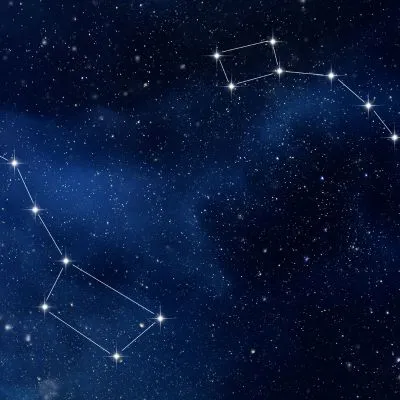The island of La Palma is a unique Starlight Reserve worldwide and the perfect destination for astronomy and nature enthusiasts. It boasts an extraordinary night sky, protected by specific laws, making it an ideal place for stargazing and enjoying the beauty of the universe. The island has been recognized as a Starlight Reserve, a certification awarded to locations with high-quality skies free from light pollution.
Astronomy has evolved into a form of leisure and learning that attracts people from all over the world, and La Isla Bonita has adapted to this trend with a unique and diverse range of activities and services. La Palma is a perfect destination for those seeking a connection to the universe. With specialized infrastructures, certified guides, and protected night skies, the island offers a unique experience that combines learning, adventure, and contemplation. Astronomical tourism in La Palma is much more than just stargazing—it is a journey into infinity from one of the most privileged places on the planet.

Unforgettable Experiences Under La Palma’s Starry Sky for Astronomy Enthusiasts
1. Visit the Astronomical Viewpoints
Spread across the island, these viewpoints are specifically designed for observing the night sky. Equipped with information panels and far from light pollution, they offer the opportunity to admire stars and constellations in all their glory.
2. Visit the Observatories at Roque de los Muchachos and the Visitor Center
Located over 2,400 meters above sea level, the observatories are a global benchmark in astronomical research. At the Roque de los Muchachos Visitor Center, you can learn more about the universe, the history, and the astronomical significance of La Palma.
3. Book a Guided Tour
Immerse yourself in the universe with nighttime excursions organized by specialized guides. Observe stars, planets, and other celestial bodies through telescopes and learn about the wonders of the cosmos.
4. Visit the Science Museum “Ojos al Cielo”
This interactive space allows visitors to explore the universe from an educational and entertaining perspective. Ideal for all age groups, the museum makes astronomy accessible and exciting.
5. Stay in a Starlight Accommodation or Rural House
For a comprehensive experience, stay in certified Starlight accommodations or rural houses located far from light pollution. Equipped with basic tools for astronomical observation, these accommodations provide the necessary comfort to enjoy starry nights in complete tranquility.
6. Engage in Astrophotography
For photography enthusiasts, La Palma offers a unique backdrop to capture stunning images of the starry sky. Its absence of light pollution and clear skies make the island a paradise for this practice.
When is the best time of year to stargaze on La Palma?
Thanks to its low light pollution and limited industrial activity, La Palma offers an extraordinary starry sky year-round. This unique feature earned the island recognition as a Starlight Tourism Destination in 2012, making it the first Starlight Reserve in the world.
Although the summer months often bring clearer skies and lower humidity, stargazing is particularly fascinating above the “sea of clouds.” There, the clean and stable atmosphere, enhanced by the ocean, provides optimal conditions.
During full moon nights, while star visibility decreases, one can enjoy a spectacular view of the moon.
What does an astronomy tour on La Palma include?
A typical stargazing tour on La Palma lasts several hours and is guided by a certified Starlight expert. The guide will take you to one of the island’s best astronomical observation points and help you explore the night sky from a new perspective. Powerful amateur telescopes and laser pointers are used to explain celestial objects.
At the end of the tour, it is common to take a group photo with the Milky Way or another special element of the experience. Depending on the tour, round-trip transfers to your accommodation may also be included, so you don’t have to worry about driving late at night.
What can you see during astronomy excursions on La Palma?
- Planets: The closest and most visible planets from Earth are Mercury, Venus, Mars, Jupiter, and Saturn. Observing these planets is especially impressive on clear, moonless nights.
- Constellations: One of the most easily recognizable constellations in the Canary Islands is the Big Dipper, visible year-round thanks to its cart-like shape. Another noteworthy constellation is Orion, one of the most famous patterns in the sky. Other interesting constellations visible in the Canary Islands include Cassiopeia, Perseus, and Andromeda. From the Mirador de San Bartolo in Puntallana, you can also observe the constellations Vega and Lyra.









